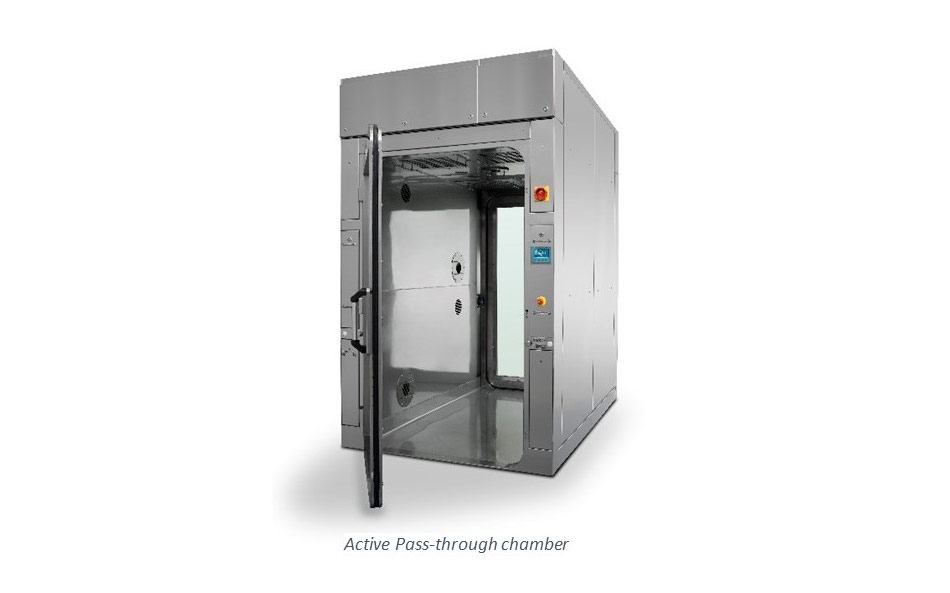Hydrogen peroxide (H2O2) disinfection systems for automated decontamination of environments have received increased interest due to the Sars-CoV-2 pandemic and the growing importance of sanitization. Bio-decontamination with hydrogen peroxide is a low-temperature method to reduce the bio-burden and represents an alternative to thermal disinfection, which is not always applicable, especially when heat sensitive equipment must be processed. Hydrogen peroxide is a good choice as chemical agent to achieve low-temperature bio-decontamination goals.
Despite decontamination with hydrogen peroxide is nowadays widely used in many fields of industry and research (including healthcare, pharmaceuticals, food and beverage, bio-safety laboratories, and animal facilities), the chemical and physical mechanism behind the efficacy of this substance against a wide range of microorganism is still mystical and not well understood. This article focuses on automatic airborne disinfection systems (AADSs) that use hydrogen peroxide as chemical agent, in vapour or aerosol form, and how these two methods act to achieve a rapid sporicidal effect.
An automatic airborne disinfection system (AADS) is a device able to generate a mixture of air and disinfectant agent, which spreads into the environment to be decontaminated touching all the surfaces exposed. Such kind of devices are designed to automatically decontaminate environments, such as rooms, pass-through chambers, small pass-boxes, or isolators, etc… as well all the miscellaneous equipment, tools and materials contained into the environment. Nevertheless, there are alternative agents that can be used to achieve the bio-decontamination. The choice of the right decontaminant agent is related to the chemical compound efficacy, compatibility with materials, toxicity, presence of toxic by-products, and cost.
Alternative Chemical agents
- Formaldehyde nowadays is almost out of use because of its carcinogenicity and toxicity.
- Ethylene Oxide is widely used for medical device due to its ability to penetrate hard-to-reach area, but it needs classified environment due to its explosivity (ATEX compliance) and extensive aeration due to its carcinogenicity.
- Chlorine Dioxide is a natural gas with antimicrobial activity, obtained through oxidation. It extremely corrosive on stainless in presence of water.
On the other hand, Hydrogen Peroxide:
- Is a great alternative to other toxic compound and it has non-toxic by-product (just water and oxygen).
- Is effective at low temperature, so indicated for temperature sensitive materials.
- Has an excellent material compatibility.
- Does not need lengthy aeration.
- Is a repeatable process, easy to be validated.
- Can penetrate HEPA filters.
Radapted from the original article of Alessandro Tornani
Recent Articles
- Cell therapy based on neuronal precursors for the treatment of multiple sclerosis 10 January 2023
- How to Improve the Sustainability of Advanced Therapies: The Case of Strimvelis 24 November 2022
- FDA reorganization: a “Super Office” to manage the increasing cell and gene therapy workload 3 November 2022
- GMP Cleanliness Classifications: Deciphering the Differences and Requirements among Grades 12 September 2022
- How to Overcome the Most Common Issues in the GMP-Compliant Culturing of Mesenchymal Stem Cells: Isolation and Automatization 30 August 2022

